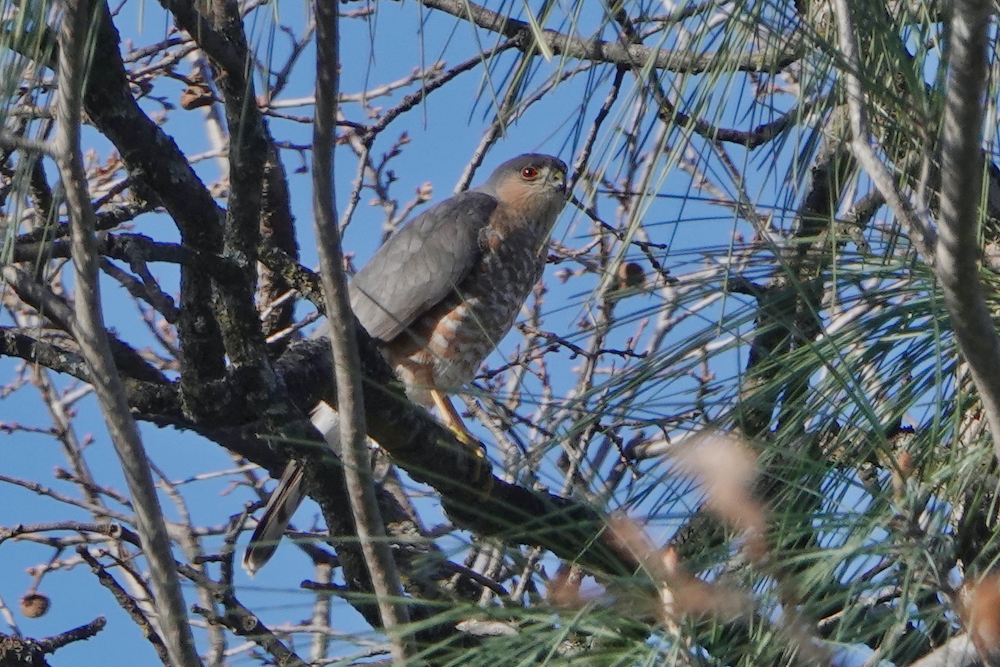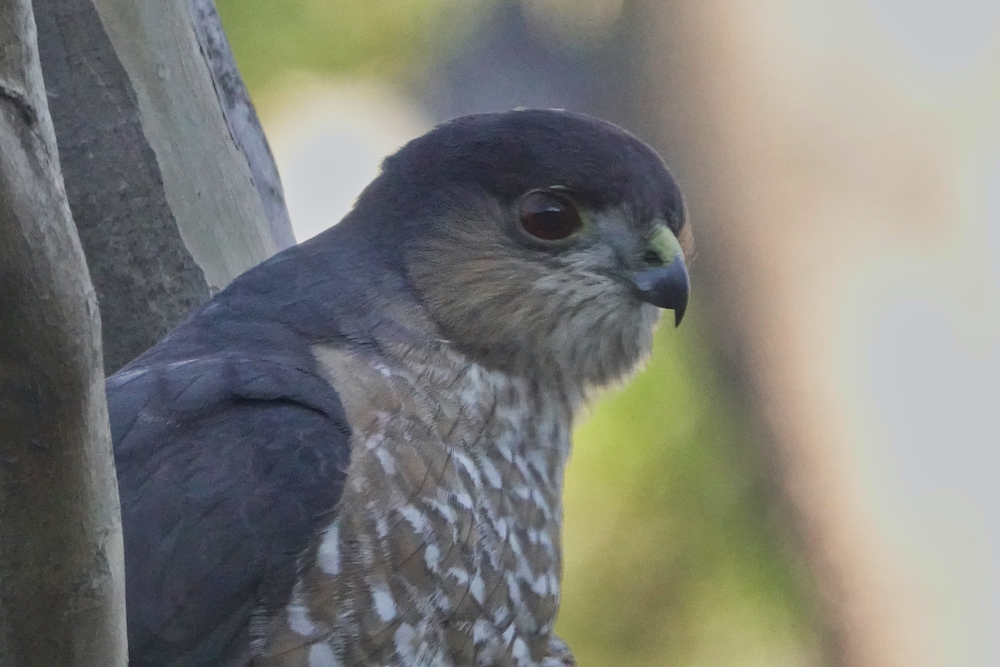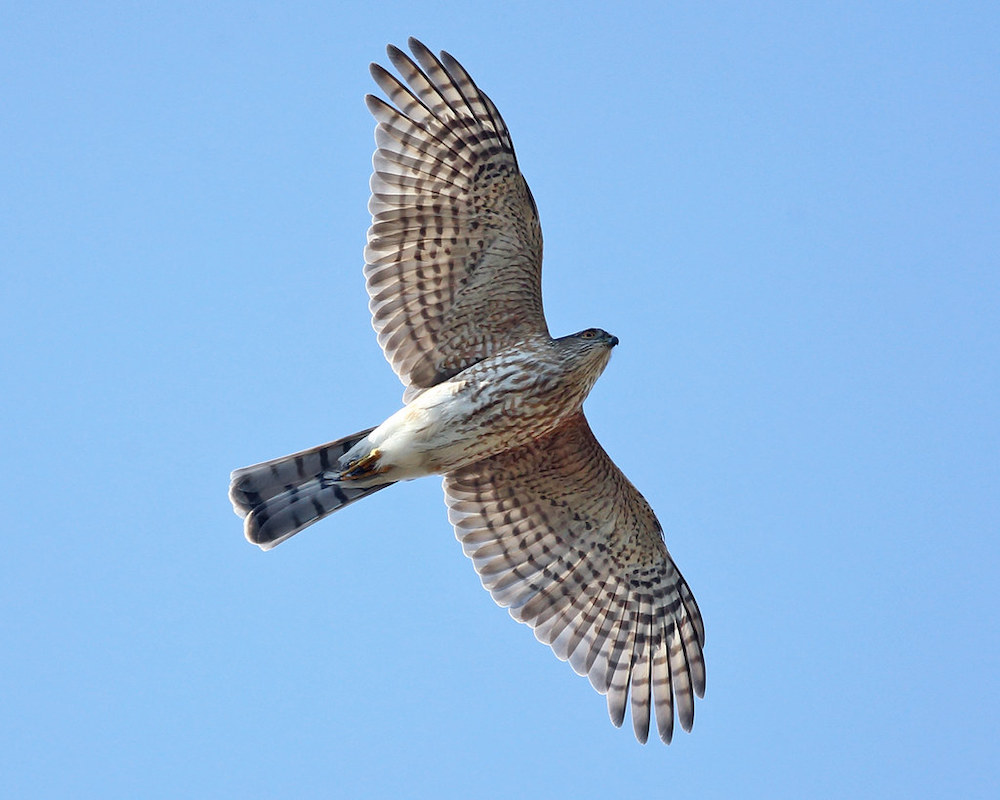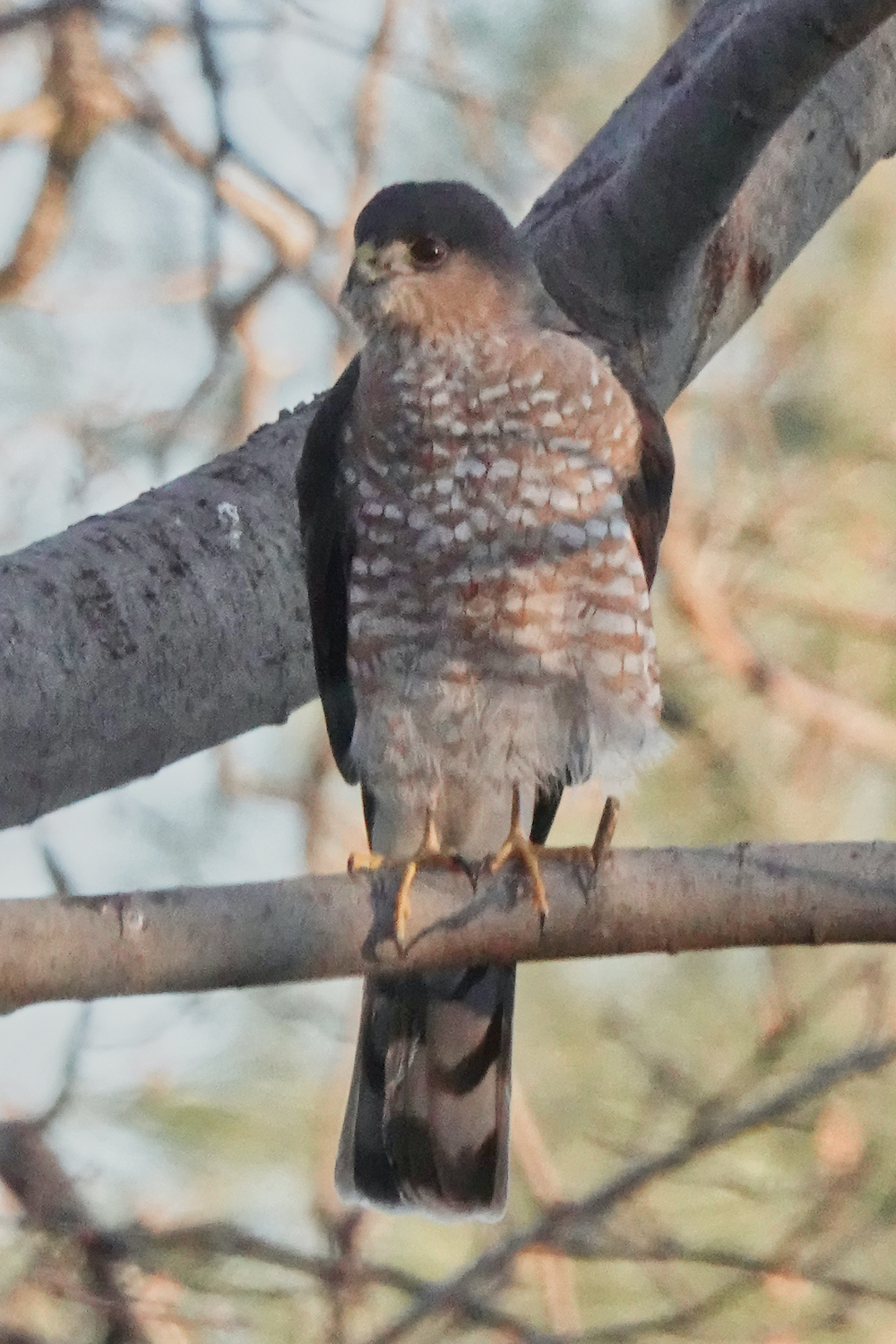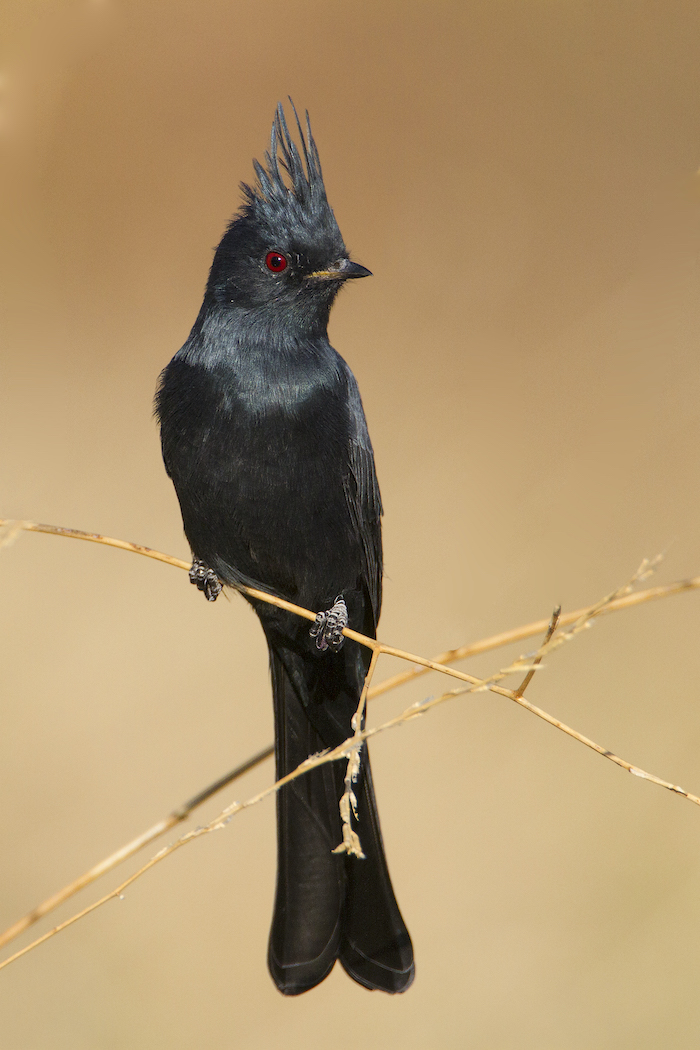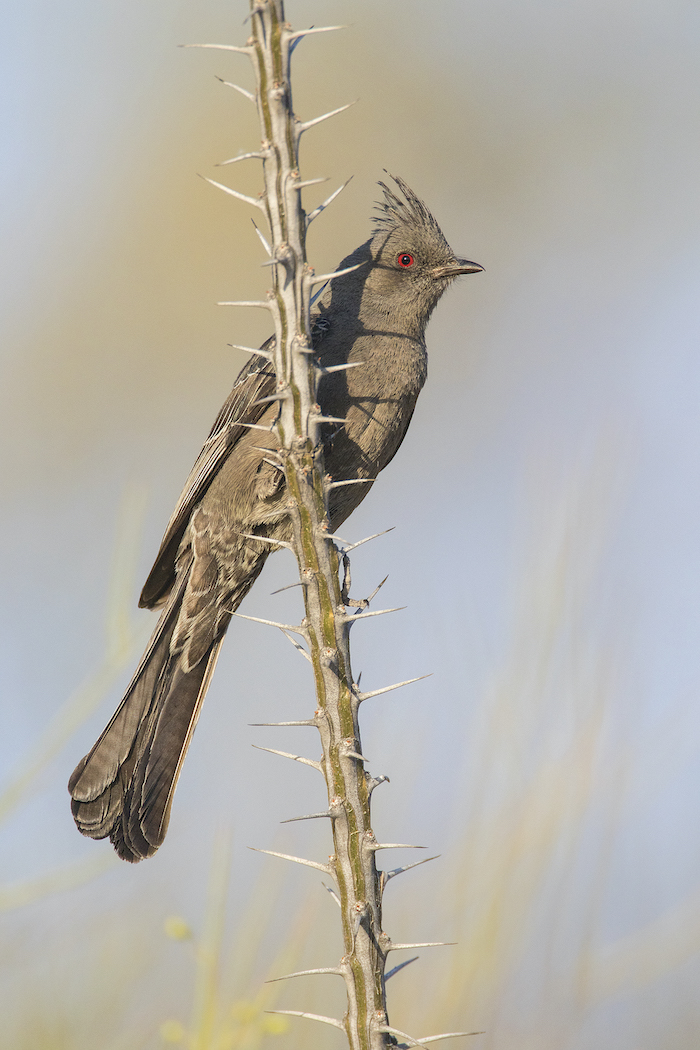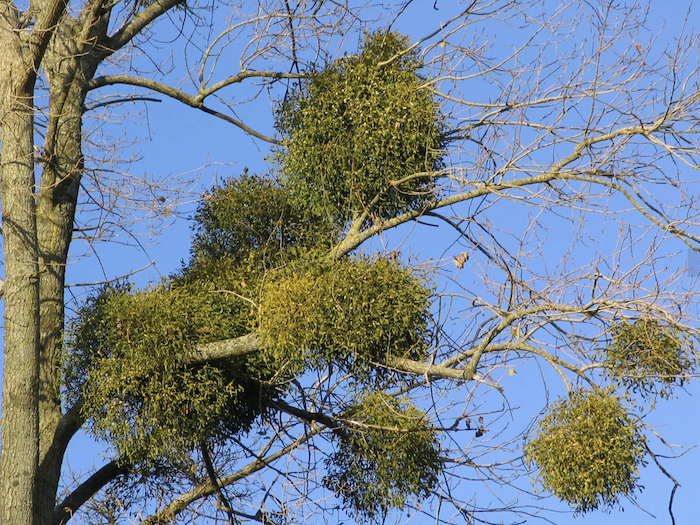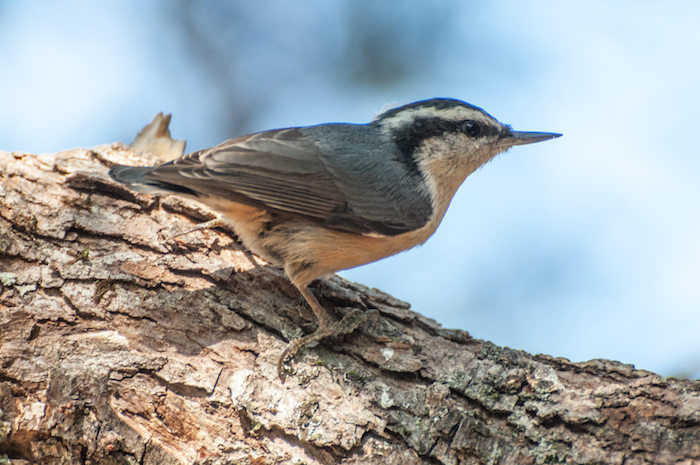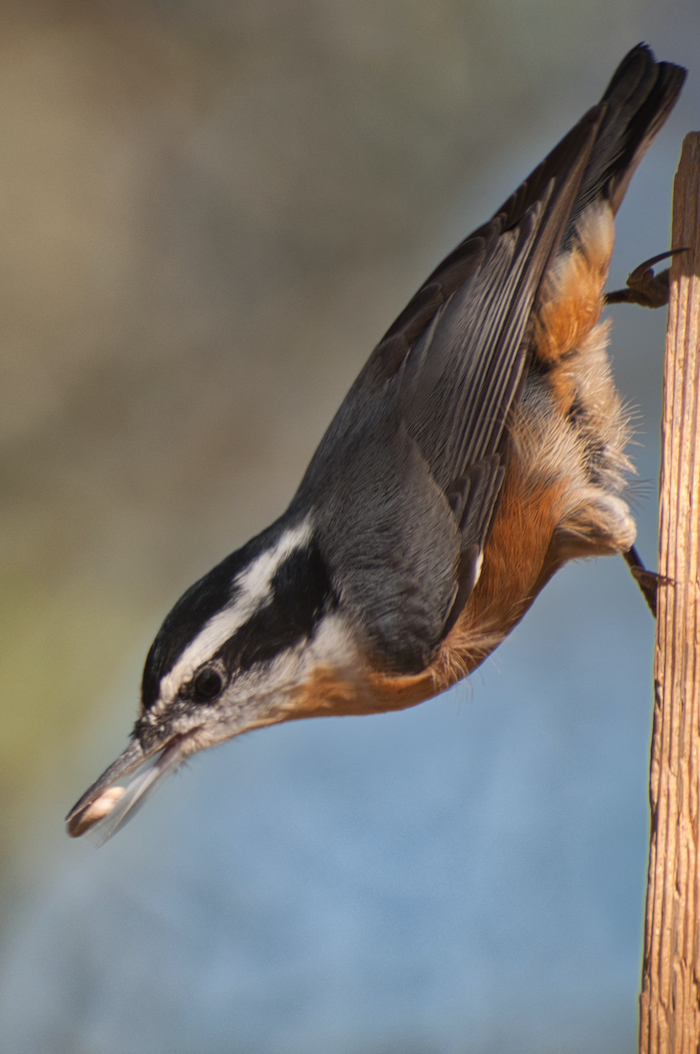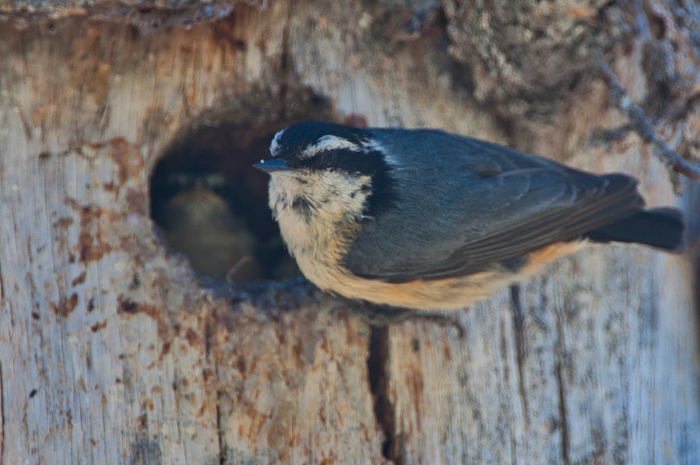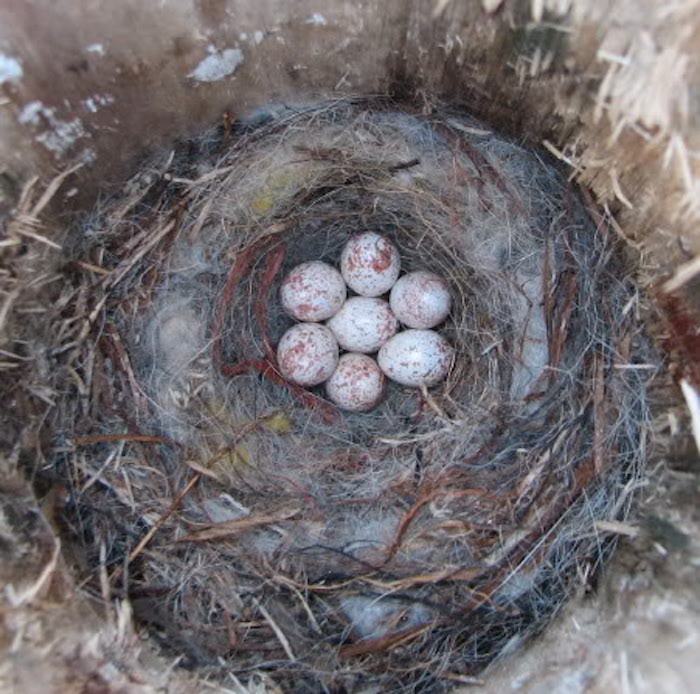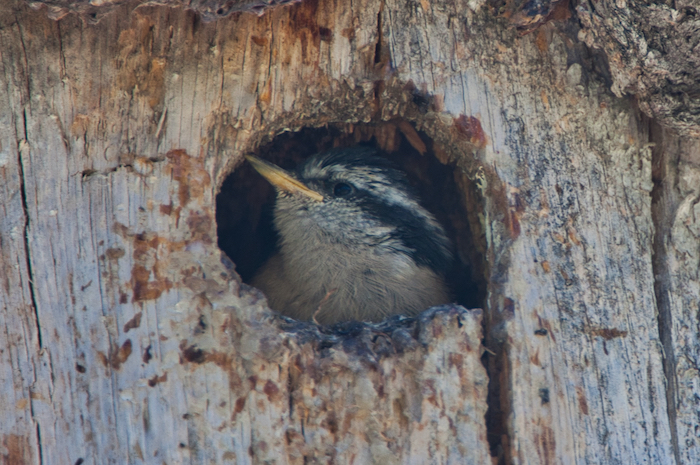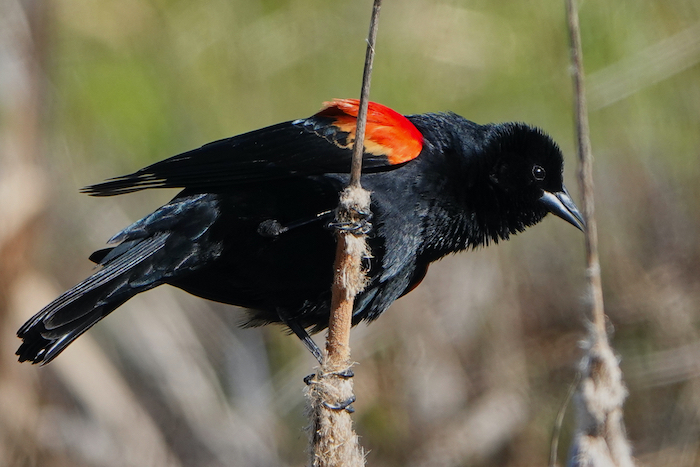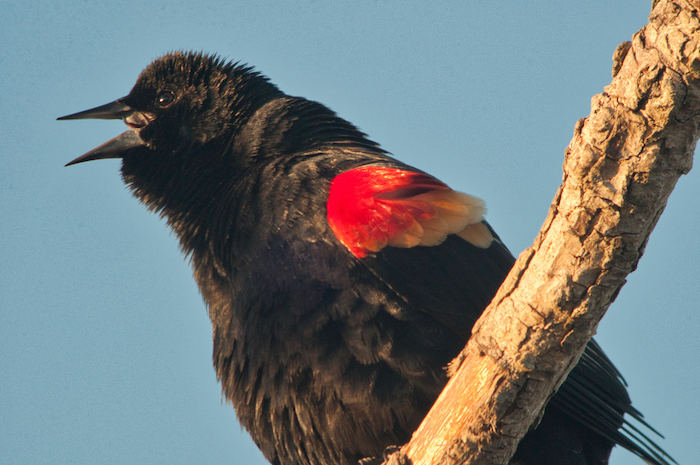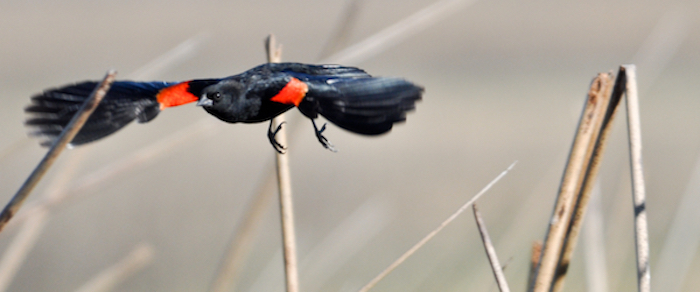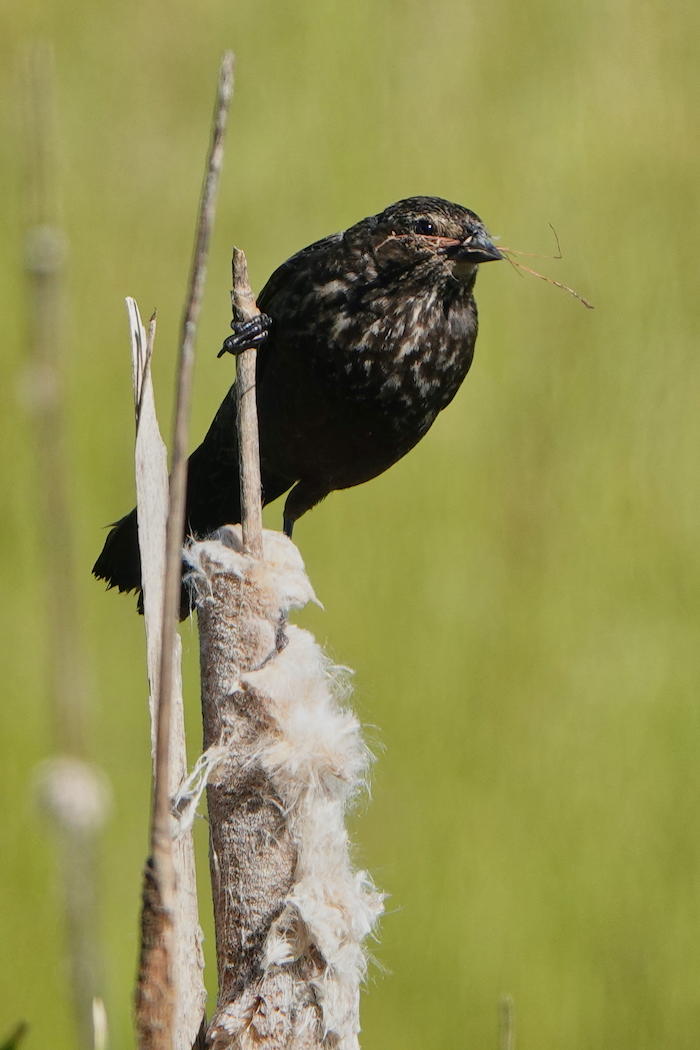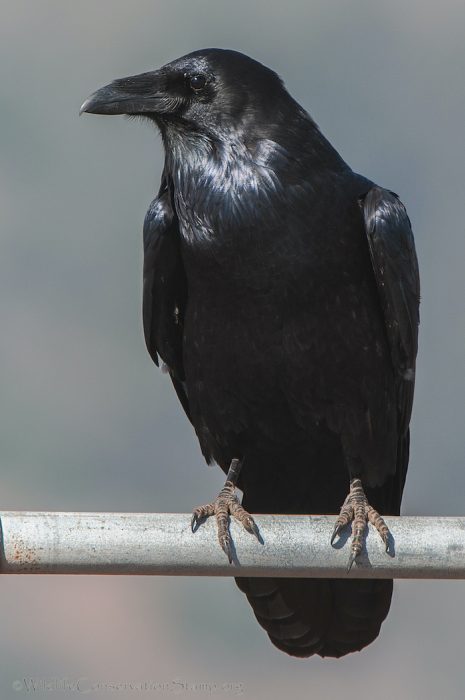
Raven wings rake the air around the Northern Hemisphere, so it is not surprising that they are also tucked into an extensive array of human mythologies.
In Pacific Northwest traditions, the raven is the creator and, in what seems a wry pairing of roles, a trickster. For the Norse, two ravens scour the Earth each morning and provide to Odin the wisdom and knowledge they find. In China, ravens are credited with feeding their parents, and thus they symbolize filial gratitude and respect. Modern Londoners maintain an aviary of ravens at the Tower in respect to the legend that their loss would signal the end of the Empire. In the US, Edgar Allen Poe gave the raven the repeated knell of the finality of death’s parting, “Nevermore.”
Ravens are the planet’s largest songbird–loud, bold, and conspicuous. They are not, however, musical geniuses. Songbirds are defined by having a finely-muscled syrinx, a voice box that allows the variety and complexity of birdsong that humans enjoy around the world. With all that potential, ravens seem to have undersold themselves, settling on a range of croaks and clucks, generally burrier than the caws of crows, that support their communication but lack musicality as we understand it.
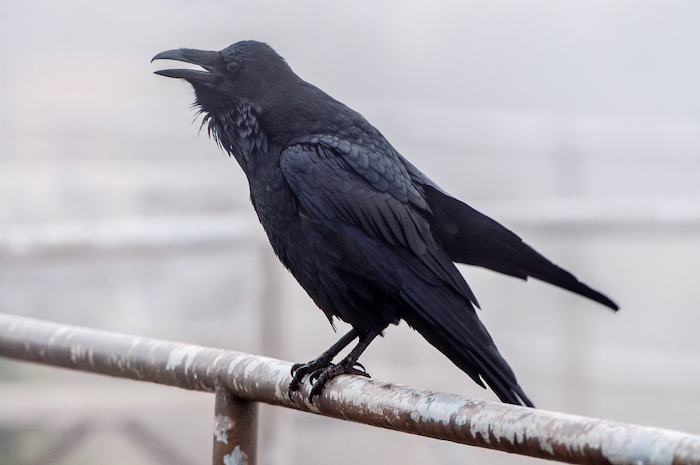
Music notwithstanding, avian scientists recognize ravens as among the most intelligent of birds. Like at least most of the warm-blooded world, ravens share in the social and biological intelligence that supports care for their young and getting along with one another. They are versatile, with the powerful bill and analytic capacity to adapt to new situations. Lab tests for some sorts of intelligence–mechanical and numerical–place them on par with chimpanzees and orangutans, roughly the level of human toddlers. Common observation shows another feature that indicates intelligence: ravens dive and roll through mountain airstreams for no apparent reason other than what in humans we call play.
If population is an adequate measure, ravens are highly successful. In this time when most songbirds are declining, their numbers are increasing. They are rather like us, drawing sustenance from beach to mountaintop, from desert to arctic, from trash piles to pristine wilderness.
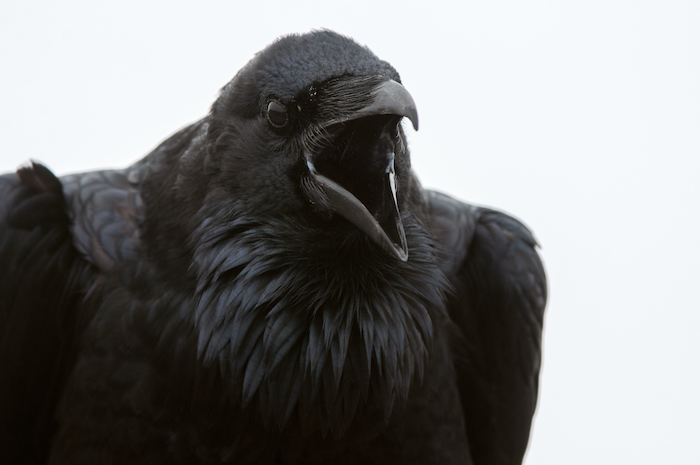
Their triumphs, of course, come at a cost. Living things survive on other living things, and ravens are no exception to that rule. Patrolling highways through forests opened up by development, by burns and logging, and by the roads themselves, ravens dine not just on roadkill and human refuse, but also on the more exposed eggs and young of other birds, many of whom are already dwindling. Condors, despite their daunting size, have probably long suffered from the bolder and more clever ravens; beginning in the 1980’s era of condor conservation, officials found the need to haze and cull ravens to protect the larger birds’ nests. In the Arctic, whether warming is yet prompting increased raven predation on the world’s nesting shorebirds and ducks is something that research is still determining, but in 1913 camera technology allowed the first observation of a pair of ravens killing and subsequently feeding to their own nestlings a litter of four arctic fox pups.
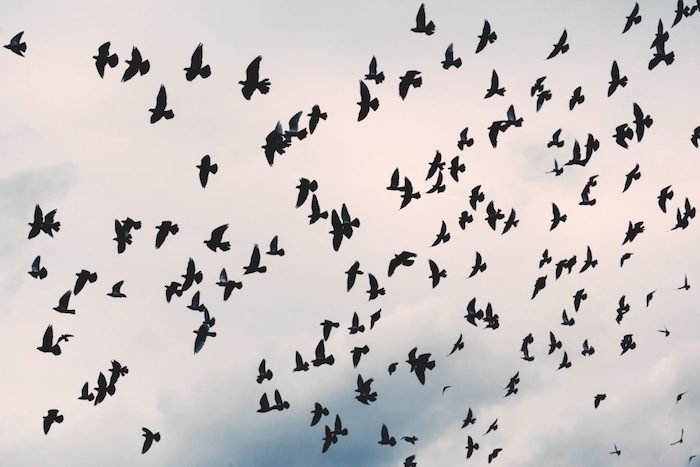
We don’t know how much ravens will impact other species in a warmer and less verdant world, but we do know that they are opportunistic predators. Fortunately, their harm to other species is individual, not systemic; raven proliferation is just one small facet of the broader harm posed by development and climate change. But we should recognize that ravens, for all their intelligence, operate with the short-sighted and self-centered adaptations that evolution writes for survival in a more stable world. We cannot expect them to curb their reproduction or their appetites. Intriguing as ravens are, each year a mated pair raises its handful of offspring and adds to the world its own version of a dubious “ever more.”

